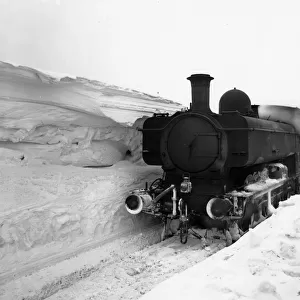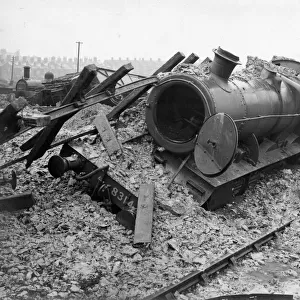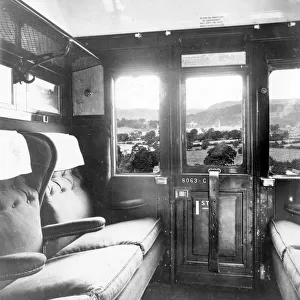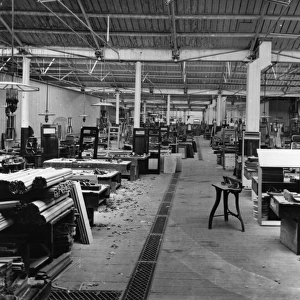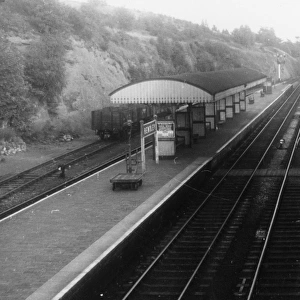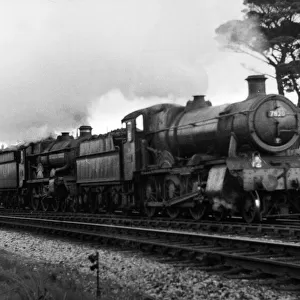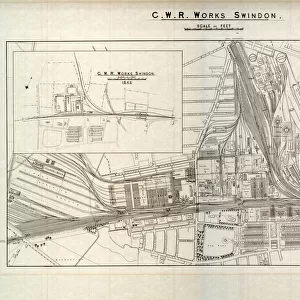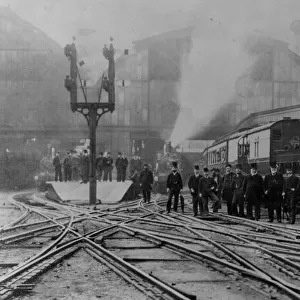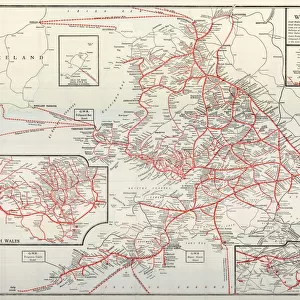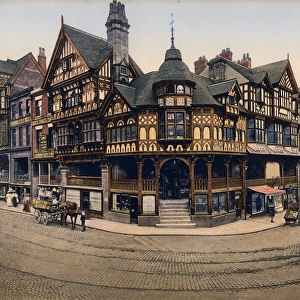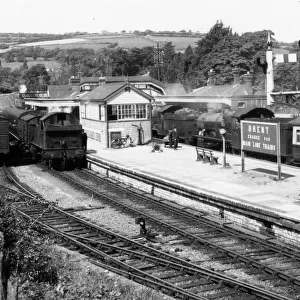Home > STEAM Museum of the GWR > Places > Barry Scrapyard
Locomotive No. 9303 at Barry Scrapyard, c1980
![]()

Wall Art and Photo Gifts from STEAM Museum
Locomotive No. 9303 at Barry Scrapyard, c1980
With the rise of diesel and the gradual demise of steam, many steam locomotives were sent for scrap. The most famous scrapyard was at Barry
STEAM - Museum of the Great Western Railway
Media ID 19070464
EDITORS COMMENTS
Amidst the rugged landscape of Barry Scrapyard in the late 1970s, the once-mighty Locomotive No. 9303 stood proudly, a testament to an era that was gradually fading into history. The steam locomotive, a relic of the past, was surrounded by the harsh reality of the scrapyard, where the relentless march of progress had claimed countless victims. The steam age, with its hissing engines and billowing smoke, had given way to the sleek and powerful diesel locomotives. The once-romantic image of the steam train, with its rhythmic chugging and the sound of the whistle in the distance, was being replaced by the monotonous hum of diesel engines. Locomotive No. 9303, a Great Western Railway (GWR) Castle Class engine, was one of the many steam locomotives that were sent to Barry Scrapyard for the breaking up process. Built in 1923, it had seen better days, its once gleaming brass and polished wood now covered in a thick layer of grime and rust. Yet, despite its forlorn appearance, there was a certain majesty about it, a reminder of the golden age of rail travel. The scrapyard at Barry, located in the Vale of Glamorgan in South Wales, was the final resting place for many steam locomotives, as well as other railway relics. It was a place of contrasts, where the beauty of the past met the harsh reality of the present. The sight of steam locomotives, once the kings of the rails, being dismantled for scrap was a poignant reminder of the relentless passage of time and the inexorable march of progress. Locomotive No. 9303, like many of its brethren, was a casualty of this progress. But its legacy lived on, not just in the memories of railway enthusiasts, but also in the many museums and preservation societies that worked tirelessly to keep the steam age alive.
MADE IN THE UK
Safe Shipping with 30 Day Money Back Guarantee
FREE PERSONALISATION*
We are proud to offer a range of customisation features including Personalised Captions, Color Filters and Picture Zoom Tools
FREE COLORIZATION SERVICE
You can choose advanced AI Colorization for this picture at no extra charge!
SECURE PAYMENTS
We happily accept a wide range of payment options so you can pay for the things you need in the way that is most convenient for you
* Options may vary by product and licensing agreement. Zoomed Pictures can be adjusted in the Basket.


